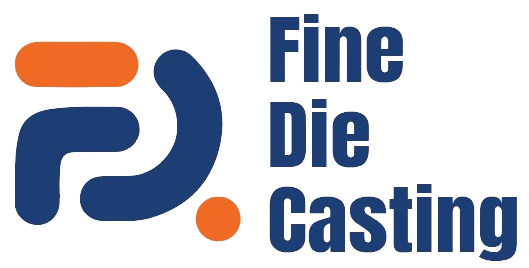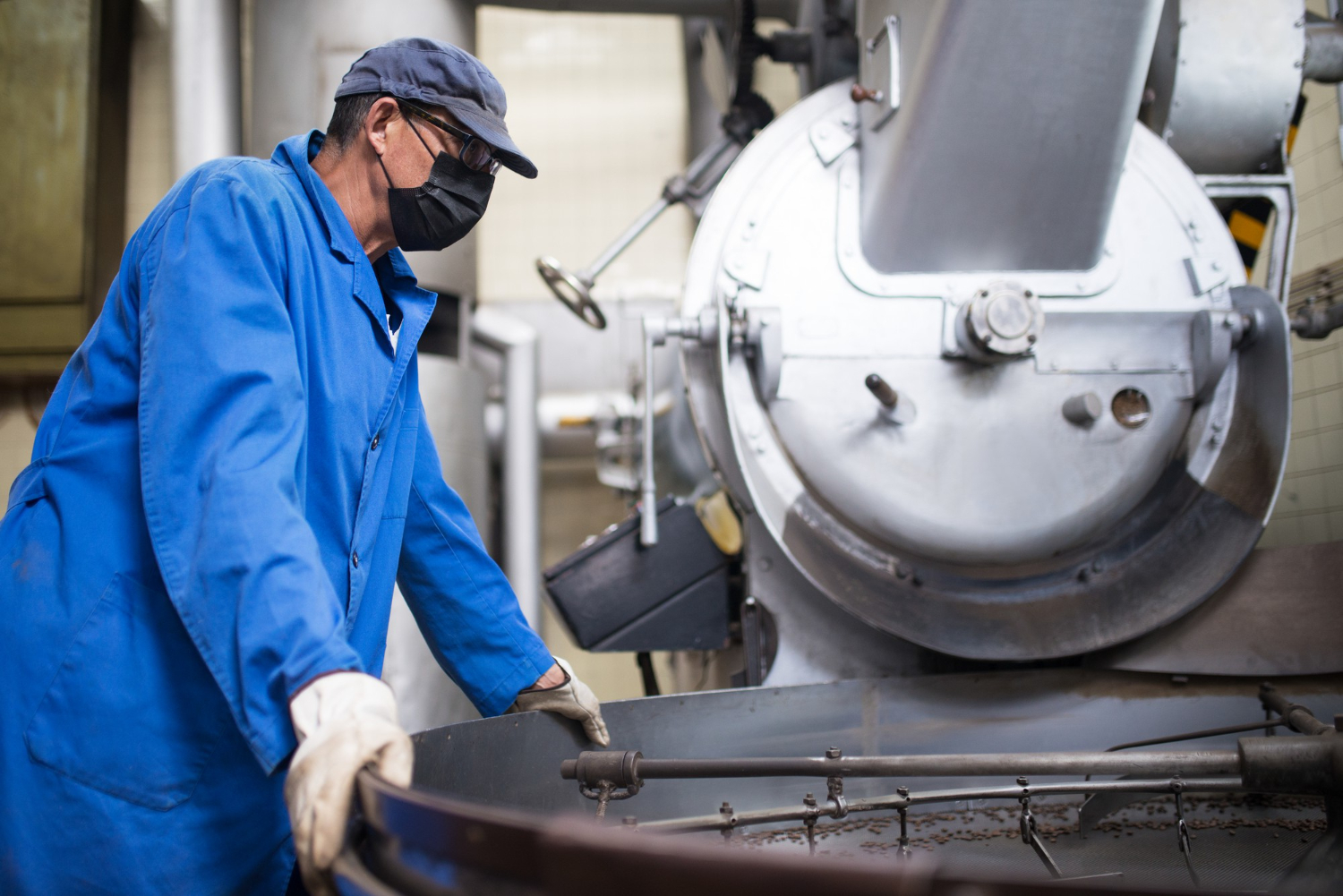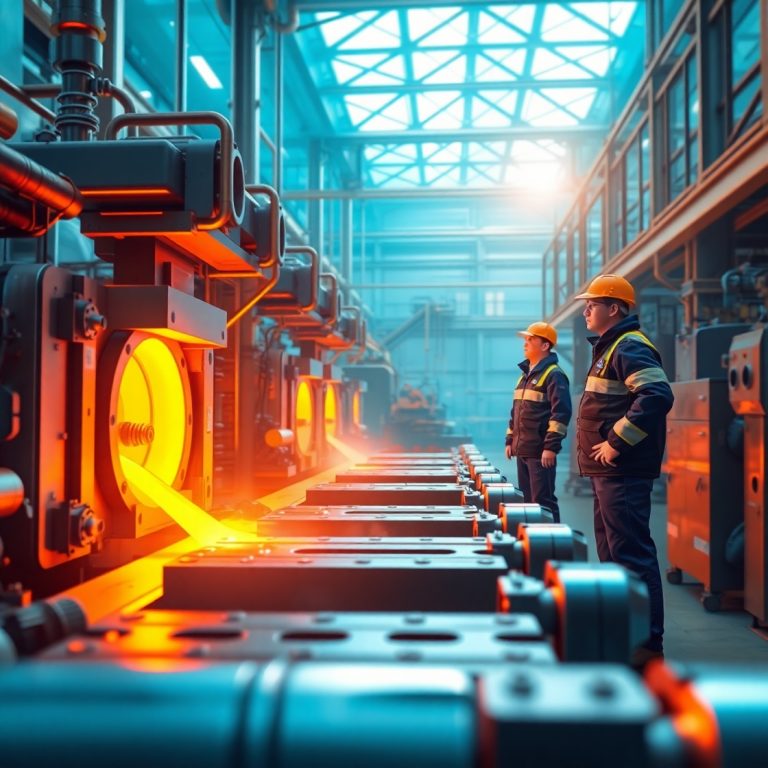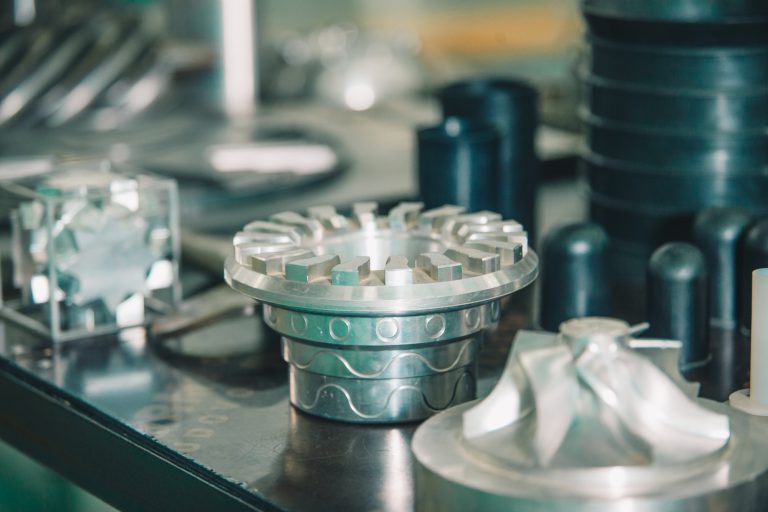High Pressure Die Casting (HPDC) is one of the most widely used manufacturing processes in the metal casting industry. It allows the production of complex and precise metal components in a fast and efficient manner. This process is particularly popular in industries like automotive, aerospace, electronics, and consumer products, where high-quality, durable components are essential. In this blog, we will explore what high pressure die casting is, its types, materials used, benefits, and maintenance tips to ensure optimum performance.
What is High Pressure Die Casting?
High Pressure Die Casting is a metal casting process in which molten metal is injected into a mold cavity under extremely high pressure. The molds, also called dies, are made from high-quality steel to withstand repeated use and high pressure. The process ensures that the molten metal fills every corner of the mold, resulting in precise and high-quality components.
Unlike traditional casting methods that rely on gravity, HPDC uses high pressure to achieve faster filling and better surface finish. This makes it ideal for mass production of complex shapes with tight tolerances.
Types of High Pressure Die Casting
High Pressure Die Casting can be broadly categorized into two types, based on how the molten metal is injected into the die:
1. Hot Chamber Die Casting
In the hot chamber process, the pressure chamber containing molten metal is connected directly to the die. A plunger forces the molten metal into the die under high pressure.
Advantages:
- Fast cycle times
- Ideal for low-melting-point metals like zinc, magnesium, and lead
- High production efficiency
Limitations:
- Not suitable for metals with high melting points, like aluminum
2. Cold Chamber Die Casting
In the cold chamber process, molten metal is poured into a separate injection chamber and then forced into the die under high pressure.
Advantages:
- Suitable for high-melting-point metals like aluminum, copper, and brass
- Produces high-strength components
- Reduces wear on the machine
Limitations:
- Slower cycle times compared to hot chamber
- Slightly higher production costs
Materials Used in High Pressure Die Casting
High Pressure Die Casting can be performed with a variety of metals, depending on the application requirements. Common materials include:
- Aluminum: Lightweight, corrosion-resistant, and suitable for automotive and aerospace components.
- Zinc: Excellent for small, intricate parts due to low melting point and good surface finish.
- Magnesium: Extremely lightweight, used in automotive, electronics, and aerospace industries.
- Copper Alloys: Good thermal and electrical conductivity, used in electrical and plumbing components.
- Lead and Tin: Occasionally used in specialized applications where low melting points are required.
Among these, aluminum is the most popular choice due to its strength-to-weight ratio, corrosion resistance, and versatility.
Benefits of High Pressure Die Casting
High Pressure Die Casting offers numerous advantages over traditional casting methods, which make it the preferred choice for modern industries:
- High Precision and Accuracy:
HPDC produces components with tight tolerances and excellent surface finish, reducing the need for additional machining. - Complex Shapes:
The process allows the production of intricate and detailed designs that are difficult to achieve with gravity casting. - Mass Production Efficiency:
High-speed injection and quick solidification allow for large-scale production with consistent quality. - Material Efficiency:
Minimal waste is generated during HPDC, as excess metal can be reused by remelting. - Strong and Durable Components:
High pressure ensures dense casting with superior mechanical properties, making parts long-lasting and reliable. - Cost-Effective for Large Volumes:
Though the initial tooling cost is high, per-unit cost becomes economical in mass production.
Maintenance Tips for High Pressure Die Casting
Proper maintenance of HPDC machines and dies is crucial to ensure consistent quality and prevent costly downtime. Here are some essential maintenance practices:
1. Regular Cleaning of Dies
- Remove any residue, oxide layers, or debris from dies after every cycle.
- Use suitable cleaning agents to prevent corrosion and maintain surface finish.
2. Lubrication
- Apply proper lubricants to the moving parts of the machine to reduce wear and friction.
- Check hydraulic systems regularly for leaks or contamination.
3. Temperature Control
- Monitor and maintain optimal temperature for both dies and molten metal.
- Avoid overheating, which can reduce die life and compromise casting quality.
4. Inspection of Components
- Conduct routine checks for cracks, wear, or deformation in dies and molds.
- Replace worn-out parts to prevent defects in cast components.
5. Training and Safety
- Ensure operators are trained in handling HPDC machines safely.
- Use personal protective equipment (PPE) to prevent accidents during operation.
Conclusion
High Pressure Die Casting is a revolutionary manufacturing process that combines speed, precision, and efficiency. From automotive parts to electronics components, this method enables industries to produce complex and durable metal parts with minimal waste. By understanding the types, materials, benefits, and maintenance practices, businesses can maximize the efficiency and longevity of their die casting operations.
Whether you are a manufacturer looking to adopt HPDC or someone exploring the world of die casting, this process offers unparalleled advantages for high-quality metal production. Investing in proper maintenance and process optimization ensures consistent results and a competitive edge in today’s market.




